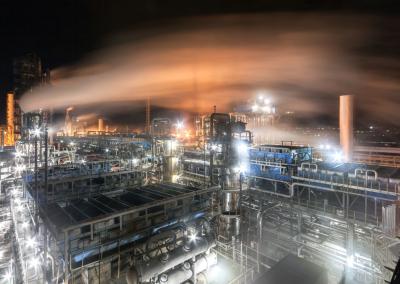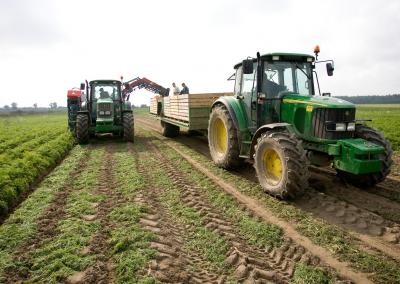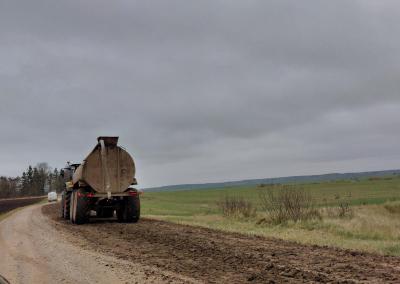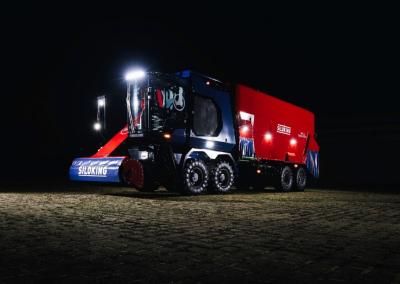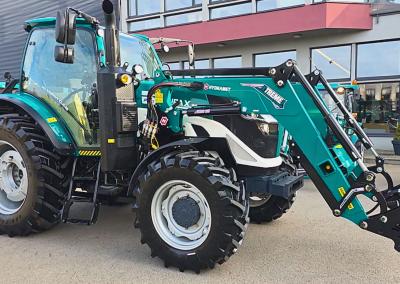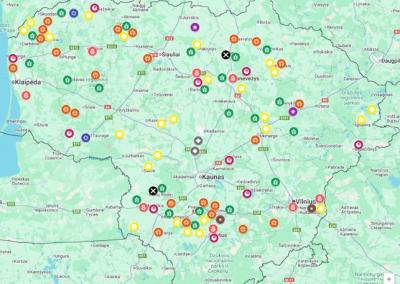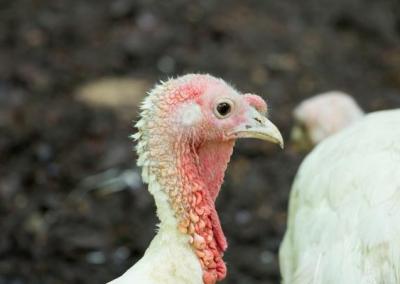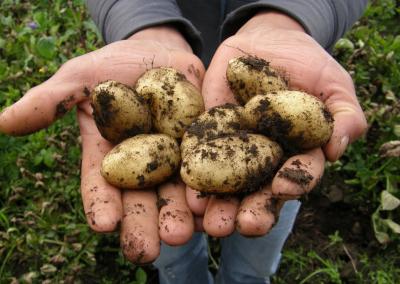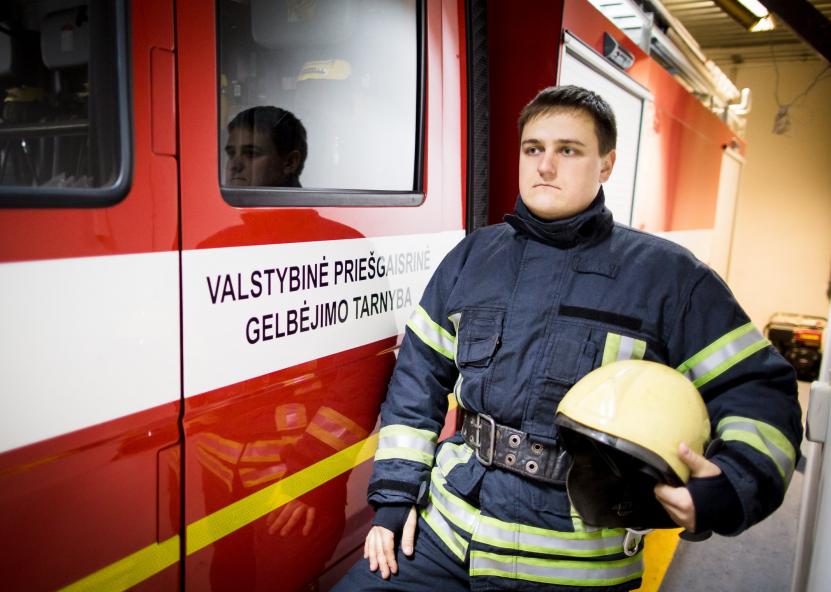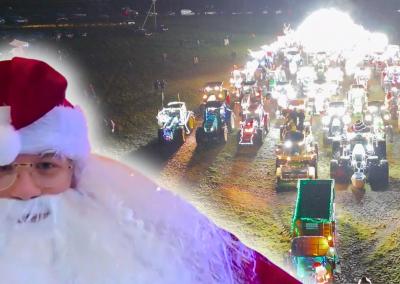Firefighter and farmer give advice on what to do to prevent flames from engulfing harvesters and crops
An early harvest this year has forced not only farmers but also firefighters to step up their efforts. This is also confirmed by Darius Ufartas, the head of the Jurbarkas Fire and Rescue Service. He shares his experience not only as a firefighter, but also as a farmer about fires and prevention of fires in combine harvesters and other agricultural machinery.
D. Ufart, who has been farming for ten years, observes that harvesters and mowing equipment – balers are the most frequent fires. He believes that this is probably because this equipment is technically designed in such a way that it has all the conditions to catch fire.
„In a combine harvester there are thousands of moving, rotating, rubbing against each other parts that, if not operated properly, can ignite a fire and cause a fire. In practice, unfortunately, all combine harvesters burn, new and old. It is probably impossible to avoid a machinery fire, but it is possible to minimise the risk of fire," he notes.
What should farmers do before taking agricultural machinery out into the fields to avoid such disasters?
D. Ufart reminds us of the requirements: combine harvesters must be equipped with 2 fire extinguishers of at least 4 kg capacity and one flame-retardant cloth. Other agricultural machinery should have 2 units of 2 kg or 1 unit of 4 kg. However, in my experience as a farmer, these measures are not enough. I have six fire extinguishers in my combine harvester, both powder and carbon, but in case of a fire, I don't know if all of them would be enough," he says.– he shares his observations.
What kind of fire extinguishers should a combine harvester have? The panellist points out that powder extinguishers are popular because of their versatility and because they have properties that are really good at putting out fires. However, he says, when it comes to extinguishing burning agricultural machinery, powder extinguishers often don't always do the job perfectly. Because fires are often caused by a crumbled bearing, heated metal that ignites the accumulated dust, or worse, oil that has leaked somewhere due to leaks. In such cases, once the fire has been extinguished with a powder extinguisher, the hot metal still manages to reignite the fire. Therefore, Ufart advises the use of a carbon dioxide extinguisher, which not only displaces oxygen but also cools the fire. This reduces the risk of a fire starting in the same place.
Another important tip for firefighters and farmers is to place fire extinguishers in the combine harvester in a variety of easily accessible locations, as you don't know where the fire will start, how strong it will be, or the direction of the spread of the flames.
„One of the best fire extinguishing agents – water. I have noticed that many colleagues have 20 litre water tanks in their harvesters, I would advise them to make them easily removable and to cool down the hot area with water after the initial extinguishing powder“, shares the experience of D. Ufartas.
He reminds us that combustion in a fire is greatly accelerated by dusty oil deposits that accumulate near the engine or in other dangerous places. Blowing dust out of all compartments of the combine with an air blower should therefore be a daily morning routine for every farmer.
D. Ufart has experienced an agricultural machinery fire himself. When baling hay, a disintegrating bearing heated up the shaft, which in turn heated up the rubber belt. The powder extinguisher failed to extinguish the fire because as soon as the powder was stopped, the fire started again – the hot shaft reignited the belt. Fortunately, I had water, so I cooled the shaft with water and the fire did not start again," he says.
During his twelve years as a firefighter and fireman, he has also extinguished a combine harvester on fire in the fields. He notes that agricultural machinery fires are no different from other machinery fires, except that they tend to burn in fields. Access to the fire makes these fires more special.
„Fields are marked by villages, and getting to the scene of a fire as quickly as possible is often difficult because fields are often crossed by drainage ditches and access to the scene of a fire is sometimes difficult and not as fast as one would like,“, &ndashas D. Ufartas says.
Time is of the essence when it comes to firefighting. That's why the firefighter advises farmers to try to put out the fire themselves in the event of a fire until the firefighters arrive. „I know from practice that timely action, good access, and a precise location saved a half-million-dollar combine harvester“.
D. Ufartas wishes his fellow firefighters a safe work, and the farmers – that the harvest is not spoiled by fire.

